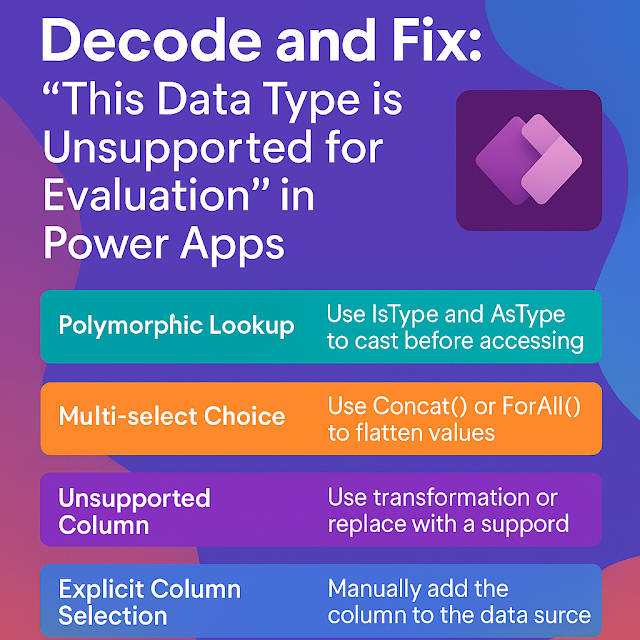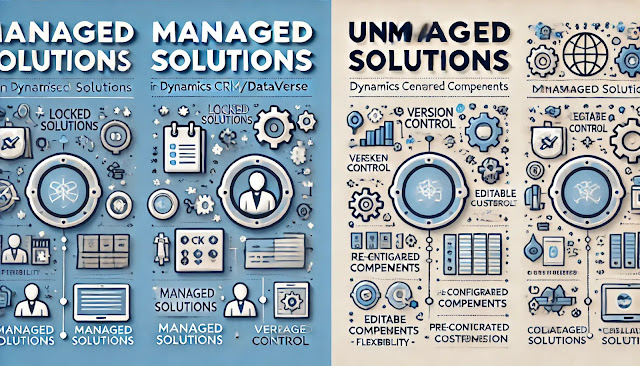Dynamics 365 Field Service : Configure resource requirements for multi-day scheduling
In field service operations, it's not uncommon to encounter work that spans multiple days. Think of scenarios like machinery installations, infrastructure repairs, or long inspection tasks. To efficiently manage such work, Dynamics 365 Field Service offers multi-day scheduling capabilities.
This blog will walk you through how to configure resource requirements that allow work orders to be scheduled across multiple days while ensuring the right resources are booked consistently and with minimal manual effort.
What is Multi-Day Scheduling?
Multi-day scheduling allows service organizations to assign a technician (or multiple technicians) to a job that:
- Requires more than one day to complete.
- Needs to be worked on during specific time windows.
- Must maintain continuity (e.g., the same technician across all days).
This is achieved by creating resource requirements that span across multiple days and letting the schedule board assist with optimal allocation.
Key Concepts
Before we go into configuration, here are a few key terms you should know:
Step 1: Create a Work Order
1. Navigate to Field Service Work Orders.
2. Click New and fill out the required details such as:
- Service Account
- Work Order Type (e.g., Installation)
- Primary Incident Type
3. Save the work order.
Step 2: Add a Multi-Day Incident Type (Optional)
Incident Types help standardize services.
1. Go to Field Service Settings Incident Types.
2. Create or edit an Incident Type.
3. Define the Estimated Duration (e.g., 24 hours = 3 working days at 8 hours/day).
4. Add any required Skills, Products, or Services.
Step 3: Generate Resource Requirement
When you create a work order with an incident type, a Resource Requirement is automatically generated. You can also do this manually:
1. Go to the Work Order.
2. On the command bar, click Book → Select Book Resource.
3. The system creates a resource requirement record, which defines:
- Required skills
- Time window
- Duration
- Resource preferences
To allow multi-day bookings, set a longer duration (e.g., 24 or 40 hours).
Scheduling Multi-Day Work
Now comes the interesting part—booking across multiple days using the Schedule Board.
Step 4: Use the Schedule Assistant
1. Open the Schedule Board.
2. Click the Book button from the Work Order.
3. Use the Schedule Assistant.
- It will consider working hours, skills, availability, and propose options.
- You can choose to split the required hours across multiple days.
- Select a technician and time slots that span multiple days.
4. Click Book & Exit to finalize.
Tip: Use the "Contiguous Days" filter to ensure the same technician is available across consecutive days.
Optional: Configure Recurring or Split Bookings
If your task requires technicians to return on non-consecutive days, or for shorter durations over several days, you can:
- Split the requirement into smaller time blocks.
- Use custom plugins or workflows to automate split-booking logic.
Alternatively, advanced scheduling tools like Resource Scheduling Optimization (RSO) can automate and optimize these decisions.
Real-Life Example
Scenario: You need to install a generator which takes 3 full working days.
1. Create a Work Order for “Generator Installation.”
2. Add an incident type with a 24-hour duration.
3. Resource Requirement is auto-created.
4. From the Schedule Board, find a technician available 8 hours/day over 3 days.
5. Book that technician using contiguous multi-day slots.
Now your customer has a consistent technician, and your operations stay efficient.
Conclusion
Multi-day scheduling in Dynamics 365 Field Service ensures that complex, long-running jobs are handled seamlessly. By properly configuring resource requirements, setting correct durations, and leveraging the Schedule Board, dispatchers can easily assign the right resources over multiple days—without confusion or conflict.













Comments
Post a Comment